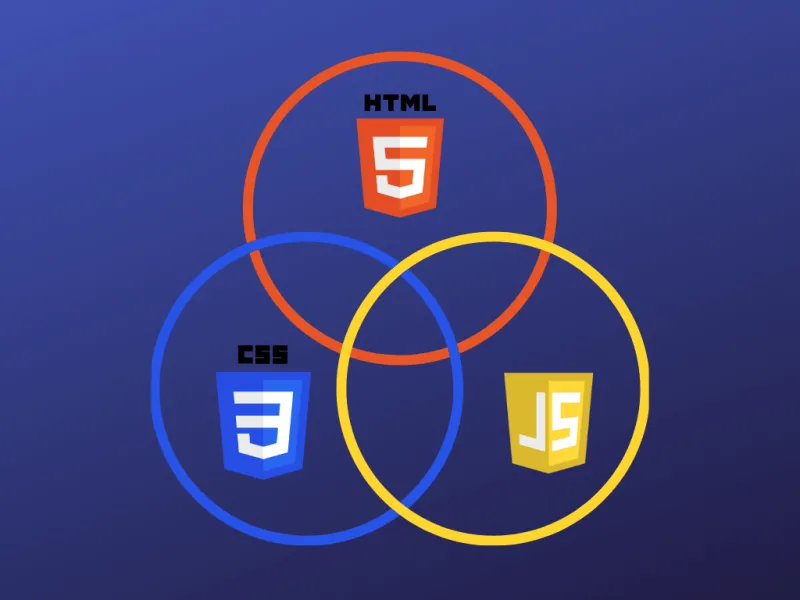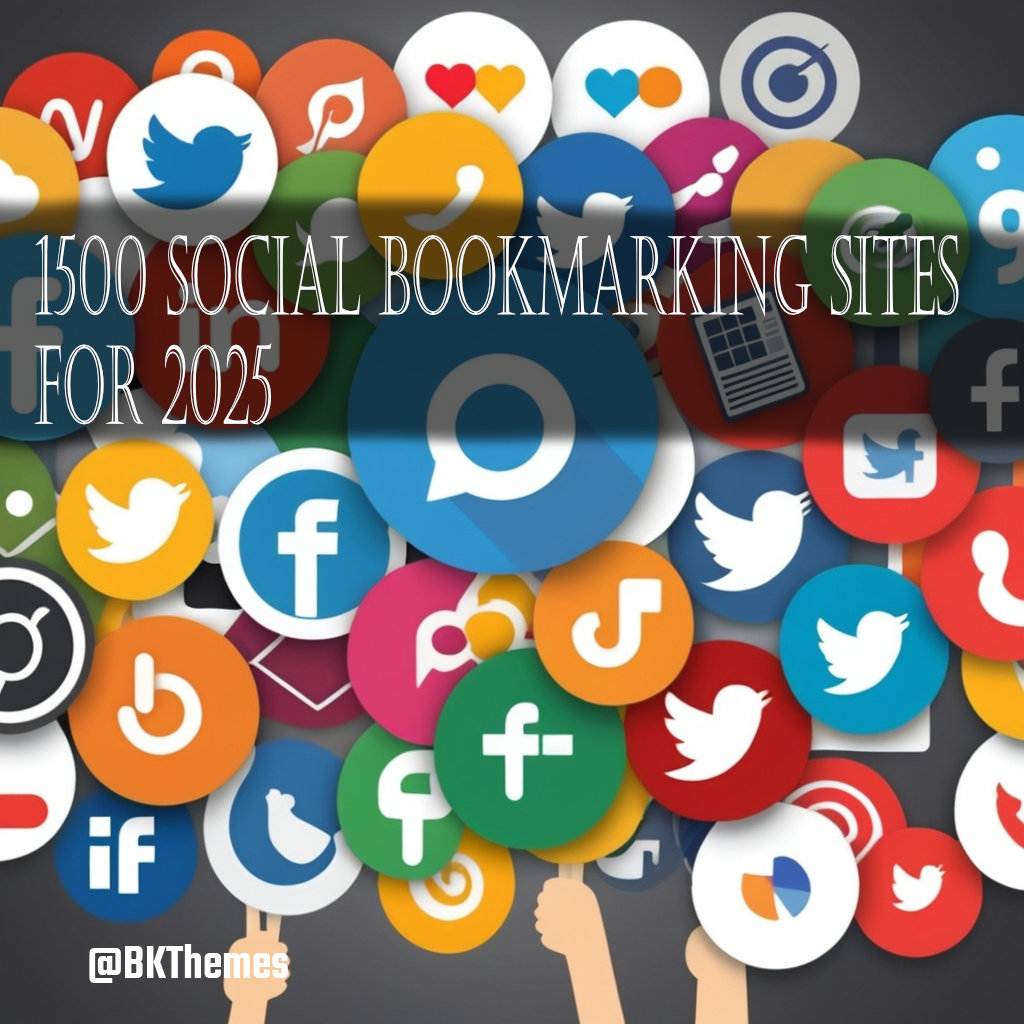
Embarking on the journey of web development can be both exciting and overwhelming, especially for beginners. Understanding the fundamental trio of web technologies - HTML, CSS, and JavaScript - is crucial for anyone looking to create engaging and interactive websites. In this beginner's guide, we will explore the basics of HTML for structuring content, CSS for styling design elements, and JavaScript for adding dynamic behavior to web pages. By the end of this article, you will have a solid foundation to kickstart your web development journey and unlock the potential of creating captivating online experiences.
Introduction to HTML, CSS, and JavaScript
Ready to dive into the world of web development? HTML, CSS, and JavaScript are the dynamic trio that powers the web. Let's break down what each of these languages does and why they are essential tools for any aspiring web developer.
Why Learn HTML, CSS, and JavaScript?
HTML structures the content of web pages, CSS styles them to look pretty, and JavaScript adds interactivity and functionality. Learning these languages will empower you to create your own websites, customize existing ones, and bring your web design ideas to life.
Understanding the Basics of HTML
HTML (HyperText Markup Language) is the foundation of every webpage. Let's explore the structure of an HTML document and discover some common HTML tags and elements that you'll be using to build the structure of your websites.
Structure of an HTML Document
An HTML document consists of elements like , , and . These tags provide the structure for your content, such as headings, paragraphs, images, and links.
Common HTML Tags and Elements
From for paragraphs to for links, HTML offers a variety of tags to organize and present your content. Understanding how to use tags like <p>, <a>, and <h1> will help you create well-structured web pages.
Styling Your Website with CSS
CSS (Cascading Style Sheets) is what makes your website look visually appealing. Let's delve into the world of CSS, learn why it's crucial for web design, and explore CSS selectors and properties that will help you style your website like a pro.
Introduction to CSS and its Importance
CSS allows you to control the colors, fonts, layout, and overall design of your web pages. By separating style from content, CSS simplifies the process of making your website visually attractive and consistent across different devices.
CSS Selectors and Properties
Selectors target HTML elements, while properties define how those elements should look. From changing colors with 'color' to adjusting spacing with 'margin', understanding CSS selectors and properties is key to customizing the appearance of your website.
Adding Interactivity with JavaScript
JavaScript is the cherry on top of your web development skills, enabling you to create interactive elements and dynamic functionality. Let's explore what JavaScript is, why it's indispensable, and delve into basic syntax and concepts to get you started.
What is JavaScript and Why Use It?
JavaScript brings your website to life by allowing you to respond to user actions, manipulate content on the fly, and create interactive features like sliders, pop-ups, and forms. It's a must-have tool for adding functionality beyond static web pages.
Basic JavaScript Syntax and Concepts
From variables and functions to loops and conditions, JavaScript introduces you to a world of programming concepts. Understanding the basics of JavaScript syntax will set the foundation for you to create interactive elements and enhance user experience on your websites.
Building a Simple Web Project
So, you've decided to dip your toes into the vast ocean of web development - nice choice! Starting with a [SEO](https://seo-webdevelopment.hashnode.dev/5-common-mistakes-to-avoid-in-web-development" target="_blank" rel="noopener">simple web project is like learning to ride a bike before attempting a backflip on a skateboard. You'll want to use HTML for the structure, CSS for the design, and JavaScript for the interactivity. Don't worry, you've got this!
Integrating HTML, CSS, and JavaScript
Think of HTML as the skeleton, CSS as the stylish outfit, and JavaScript as the witty banter that makes your website pop. These three languages work together like the dream team of web development, complimenting each other to create a seamless user experience. Get ready to mix and match these skills like a pro!
Creating a Responsive Web Design
In the world of web development, being responsive is key - no, we're not talking about replying to emails promptly (although that's important too!). A responsive web design means your site looks good on any device, whether it's a giant desktop screen or a tiny smartphone. Embrace the fluidity and adaptability of responsive design - your users will thank you!
Resources for Further Learning
Now that you've dipped your toes into the coding waters, it's time to dive in and explore further. Online courses and tutorials are your new best friends, offering guidance and wisdom from seasoned developers. Dive into recommended books and blogs to soak up more knowledge like a sponge. The web development world is your oyster - go forth and conquer!
Online Courses and Tutorials
From beginner basics to advanced techniques, online courses and tutorials are a treasure trove of learning opportunities. Platforms like Codecademy, Udemy, and freeCodeCamp offer courses on HTML, CSS, and JavaScript that cater to all skill levels. So get ready to level up your coding game from the comfort of your own screen!
Recommended Books and Blogs
Books and blogs are like the wise sages of the web development world, offering insights and perspectives that can't be found elsewhere. Dive into bestsellers like "HTML and CSS: Design and Build Websites" by Jon Duckett or follow industry blogs like CSS-Tricks for a daily dose of inspiration. Trust us, these resources are gold mines waiting to be explored!
Best Practices for [web development](https://bkthemes.design/web-design-web-development-services/)
Now that you're armed with the knowledge and resources to conquer the coding realm, it's time to talk best practices. Code organization and structure are like the blueprint of your website - keep it clean and organized for easier maintenance. Ensure cross-browser compatibility so your site looks great no matter what browser your users are using. Stick to these best practices like glue - your future self will thank you!
Code Organization and Structure
A well-organized code is like a well-organized closet - it makes life so much easier! Use proper indentation, comments, and naming conventions to keep your codebase tidy and understandable. Trust us, future you will appreciate the extra effort when you revisit the code months down the line.
Cross-Browser Compatibility
Ah, the joys of cross-browser compatibility - making sure your website looks and works the same across different browsers. Test your site on popular browsers like Chrome, Firefox, and Safari to iron out any quirks or bugs. Embrace the challenges of browser diversity - it's like a puzzle waiting to be solved!
Conclusion and Next Steps
As you conclude this beginner's guide to learning HTML, CSS, and JavaScript, remember that practice and experimentation are key to mastering these essential web technologies. By continuously honing your skills and staying updated on the latest trends in web development, you can elevate your projects to new heights. Take the knowledge you've gained here and continue exploring advanced concepts, building projects, and seeking out resources to further enhance your expertise. Embrace the journey ahead with enthusiasm and determination, for the world of web development is vast and filled with endless possibilities waiting to be unlocked.
📧 Stay Updated
Get the latest web development tips and insights delivered to your inbox.




